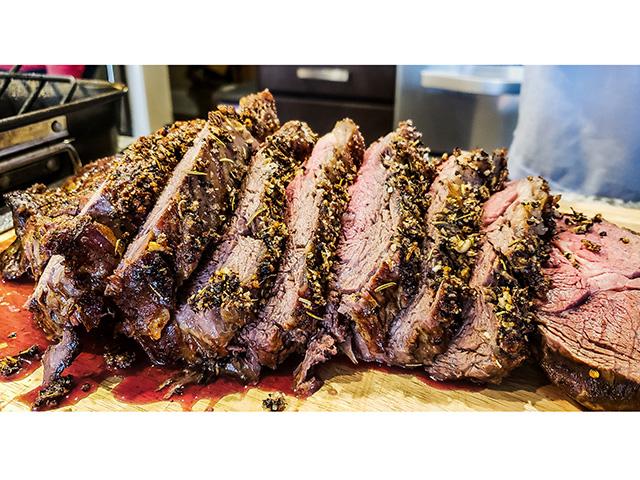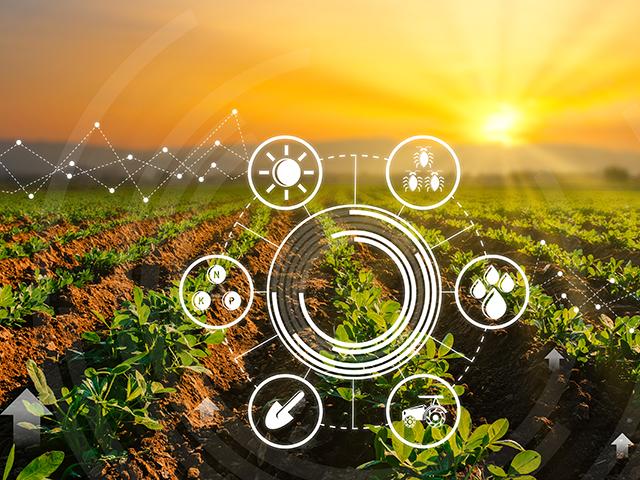We'd Like To Mention
Global Stats Hit Home
Growing up in rural America, my family life was defined and confined within the barbwire fences marking the boundaries of the Cottonwood Valley Dairy Farm. Daily chores and fieldwork left little time to daydream about what was happening across the fence and beyond.
Although we may have been preoccupied with the tasks at hand in southwest Iowa, I remember Dad always turned on the radio at breakfast or lunch, and when in the barn during milking. He paid close attention to the local markets, weather forecasts and news, but also to similar reports from neighboring counties, states and even other countries. Dad understood our operation's success and profitability was not solely dependent on what we produced on our farm. We were part of American agriculture, which was part of a global industry. We competed with farmers everywhere.
What was true during my youth is even truer today. So, it makes sense to monitor the attitudes and actions of farmers across the globe to gain insights on how they plan to remain profitable and competitive in an environment marked by geopolitical conflicts, economic uncertainty and supply chain disruptions.
Consulting firm McKinsey and Co. recently released the results of a survey of 5,500 farmers from nine countries. Higher crop prices are fueling farmer optimism near term and influencing growers' decisions. Seventy percent of farmers expect profits to remain stable or increase for the next two years. Other tailwinds boosting farmers' positive outlook include higher yields and favorable demand of ag products from other countries.
P[L1] D[0x0] M[300x250] OOP[F] ADUNIT[] T[]
Three risks were identified tempering farmer attitudes: high input prices, increased overhead and processing costs, and supply chain disruptions and unavailable inputs.
Despite these headwinds, farmers anticipate using new products focused on yield productivity and crop protection to capture today's high crop price opportunity. Innovation adoption largely centers around technology, and the rate of adoption varies widely by region. Not surprisingly, western countries lead in ag tech use. When asked if currently using or being willing to adopt at least one technology over the next two years, the breakdown looked like this: Europe, 62%; North America, 61%; South America, 50%; and Asia, 9%.
In North America, the scope of technology adoption included management software, 47%; precision ag software, 28%; remote sensing, 28%; and sustainability-related technology, 13%.
When it comes to the use of biologicals, Brazil leads the way by far, with 55% of growers surveyed currently using biological controls, 50% biostimulants and 36% biofertilizers. Only an average of 11% of U.S. growers use either of the three biologicals. In all, 20% or more of global farmers are adopting/willing to adopt biologicals over the next two years.
Despite the investments and initiatives around sustainability across the entire food chain, global adoption by farmers is still below 50%. In North America, 60% of those surveyed indicated low-till farming is one sustainability practice they currently adopt or are willing to adopt over the next two years. That's followed by cover crops, 50%; controlled-release/stabilized fertilizers, 48%; and variable-rate fertilizer application, 50%.
Global participation in carbon programs is also low because of farmers saying return on investment is too low, complexity of the programs and unavailability to enroll. Only 5% of North American farmers surveyed currently participate in a carbon program. Seven percent plan to enroll during the next two years, while 78% say they are not using or do not plan to use a carbon program.
Why bother with this sort of data? Like Dad realized many years ago, U.S. farmers must be aware of what's happening in agriculture here and abroad. Tracking what growers are doing around the world provides a snapshot of important trends. At worst, you can file it away as interesting information. But, it may give you pause to evaluate whether you are falling behind and to take steps to ensure you stay competitive in this global industry.
**
-- Write Gregg Hillyer, 2204 Lakeshore Dr., Suite 415, Birmingham, AL 35209, email gregg.hillyer@dtn.com, or follow Gregg on Twitter @GreggHillyer
[PF_0323]
(c) Copyright 2023 DTN, LLC. All rights reserved.






